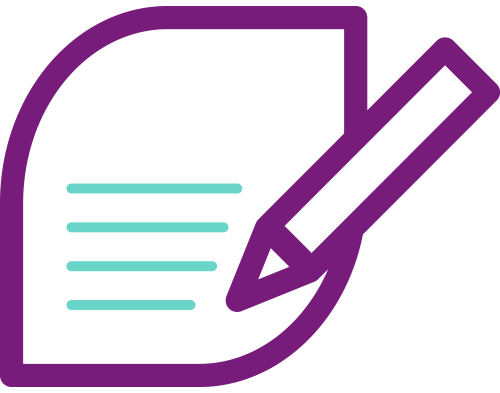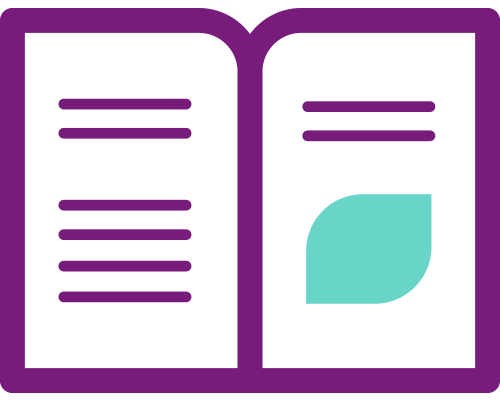
Plain English writing, structure and design tips
The top plain English tips
Writing
1. Think of the person you are writing to and why you are writing
Ask yourself what words or concepts the person is likely to know already, what tone and amount of detail is suitable and what message they are supposed to get from your information.
2. Be personal and direct
Don’t be afraid to use ‘we’ for your organisation and ‘you’ for the reader. As much as possible, say who is doing what, for example ‘We will write to you’ instead of ‘A letter will be sent’.
3. Keep it simple
Try not to inflict corporate language on the public – it doesn’t serve them or your organisation’s reputation! Avoid other complicated and foreign terms if you can use a plainer alternative to get your message across just as accurately.
4. Define or spell out any technical terms and abbreviations
If you must use a technical word because there is no plain alternative to it, define the term the first time you use it. The same applies to abbreviations – spell them out, especially if you intend to use them several times. Keep abbreviations to a minimum.
5. Keep sentences to an average of 15 to 20 words
Think about the point you want each sentence to make and stick to it. Try not to pad out your message with wordy and formal phrases such as ‘in the event of’, ‘in accordance with’ or ‘subsequent to’.
Structure
1. Organise information according to the reader’s needs and interests.
2. Keep your reader’s attention by using white space, bullet points and sub-headings. These help your reader find their way and let them quickly see what information is most important.
3. Keep paragraphs relatively short.
Document design tips
Whether you work regularly with a designer or design your own material in-house, you can use some of these guidelines to produce a leaflet that is easy to read and looks appealing.
1. Use a clean and clear font
Fonts such as Arial, Verdana and Tahoma work well for printed material and websites alike. A good standard size for most readers is 12 point.
2. Add some colour
If your budget allows, use contrasting colour to brighten up a document. Different coloured pages can work well, as can simple borders at the top or bottom of a page. Beware of poor contrast though: dark blues, reds, purples and greens work well, but avoid yellow, orange and pastel shades.
3. Use images and other visuals to add to your message
If you are giving instructions, consider including drawings or photos of each step. If you are presenting financial or other numerical information, consider a graph, chart or table. But remember to keep any graphics relevant, simple and close to the text.
4. Make important points stand out
If you want to stress a point, use lower case bold for words or sentences. Italics and underlining make it harder to decipher the shape of a word, while all block capitals can make it appear that YOU ARE SHOUTING!
5. Avoid background images
Avoid using background images behind text. Many organisations use illustrations as a background image behind text. This makes text harder to read, especially if the background image is very colourful.
Plain English group on LinkedIn
We have a plain English Network group on LinkedIn, created for anyone who’s interested in plain English. We share tips, resources, latest developments and research. This group is a great way to share knowledge about plain English and to discuss what we learn.
We believe that speaking and writing to people in a way they understand can create meaningful change. Join our plain English Network today to learn more about how plain English can help you.



